Moon Today Image | Beautiful Moon Photo | Moon Light #moon #moonlight
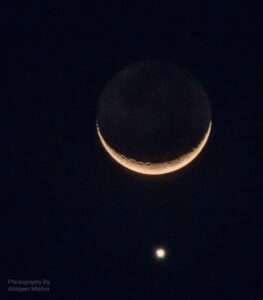
The moon is one of the most fascinating celestial objects that has captivated the human imagination since the beginning of time. It is the Earth’s only natural satellite and the fifth largest satellite in the solar system. The moon has played a crucial role in the development of human civilization, from influencing our calendars to being the inspiration for countless myths and legends. In this article, we will explore the moon in depth, from its history and composition to its effect on Earth and its potential for future exploration.
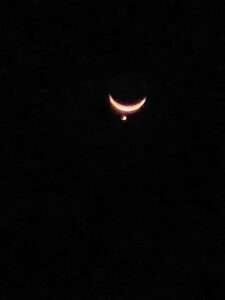
The moon was formed approximately 4.5 billion years ago, shortly after the formation of the solar system. The most widely accepted theory of the moon’s origin is the giant impact hypothesis, which suggests that a Mars-sized object collided with the early Earth, creating a massive debris field that eventually coalesced into the moon. This theory is supported by the fact that the moon is made of the same material as the Earth’s crust and mantle.
The moon’s history is marked by intense volcanic activity, which created large basins on its surface. The largest of these basins, the Imbrium Basin, is over 1,000 kilometers in diameter and was created by an impact approximately 3.85 billion years ago. The moon’s volcanic activity waned over time, and today it is largely geologically inactive.
| Join My Telegram Group | Click Here |
| Join My WhatsApp Group | Click Here |
| Sarkari Exam Android App | Click Here |

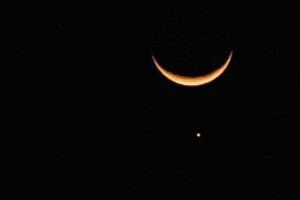
The moon is a rocky body with a surface that is covered in a layer of fine dust called regolith. The regolith is made up of small fragments of rock and soil that have been shattered by meteor impacts. Beneath the regolith, the moon’s crust is made up of a variety of rock types, including basalt and anorthosite.
The moon‘s interior is divided into several layers. The outermost layer is the crust, which is approximately 50 kilometers thick. Beneath the crust is the mantle, which is believed to be made up of dense, iron-rich rock. The core of the moon is believed to be small and partially molten.

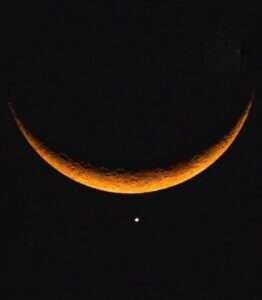
The moon has no atmosphere, and its surface is bombarded by a constant stream of radiation from the sun and cosmic rays from outer space. This radiation has caused the surface of the moon to become highly charged, creating a static electricity field that can pose a hazard to astronauts and equipment.

The moon has a number of effects on Earth, both large and small. One of the most obvious effects is the tides. The moon’s gravity pulls on the Earth’s oceans, causing them to bulge outward and creating two high tides and two low tides per day.
The moon also has a stabilizing effect on the Earth’s rotation. The gravitational pull of the moon helps to keep the Earth’s axis of rotation stable, preventing it from wobbling too much. This stability is important for maintaining a stable climate and preventing extreme weather conditions.
The moon also plays a role in regulating the length of the day. The Earth’s rotation slows down very slightly over time due to the tidal forces exerted by the moon. This means that the length of the day is gradually increasing over time, although this effect is very small and is not noticeable on a human timescale.
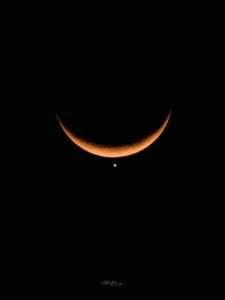
The moon has been the subject of exploration and study for centuries. The first telescopic observations of the moon were made in the early 17th century, and in the 20th century, several spacecraft were sent to explore the moon up close.
The first spacecraft to land on the moon was the Soviet Union’s Luna 2, which crash-landed on the moon in 1959. The first successful soft landing on the moon was achieved by the United States’ Surveyor 1 spacecraft in 1966.